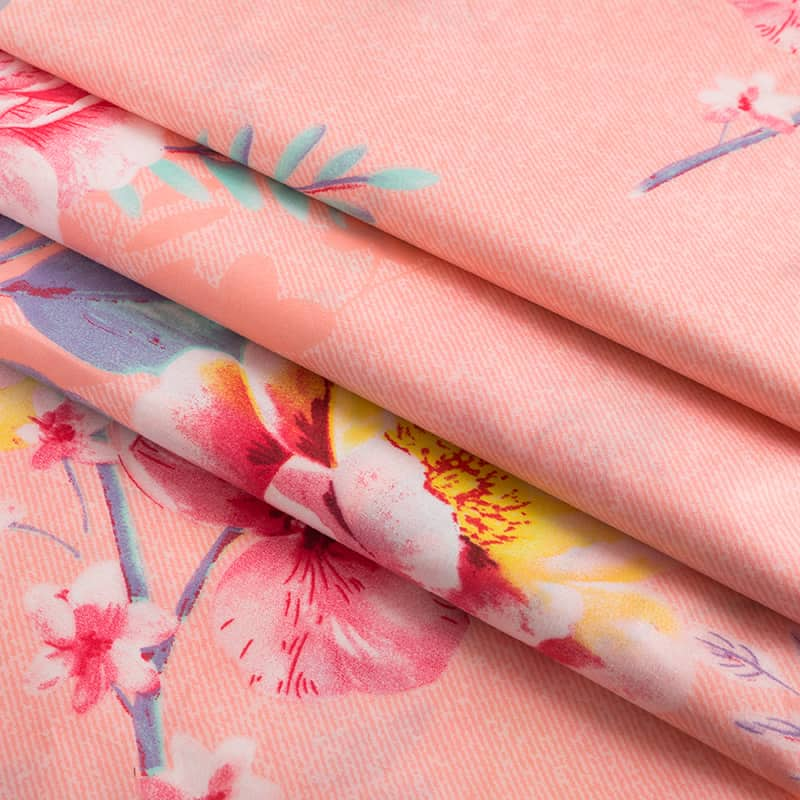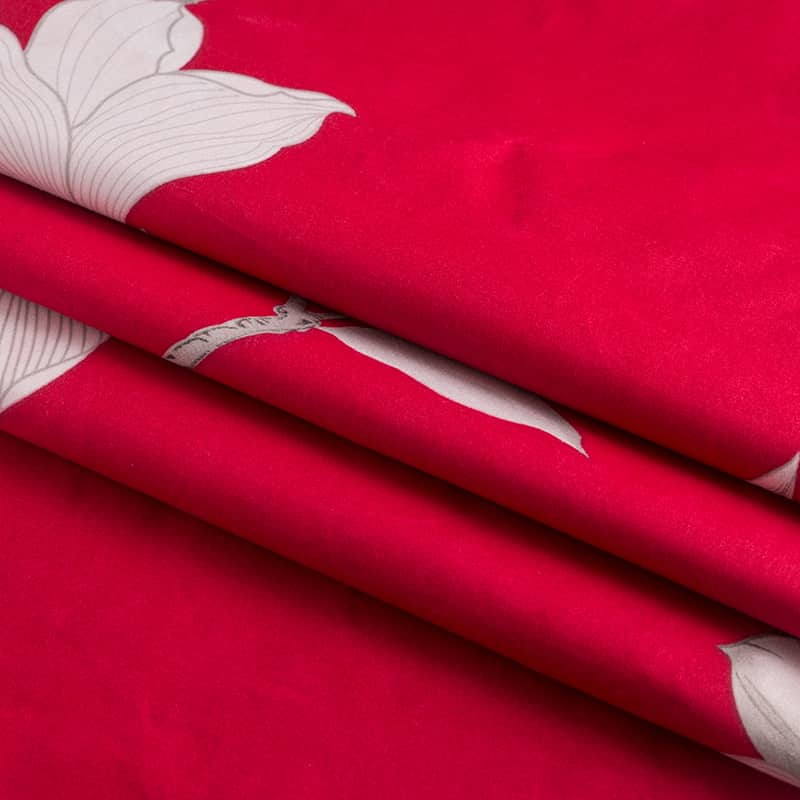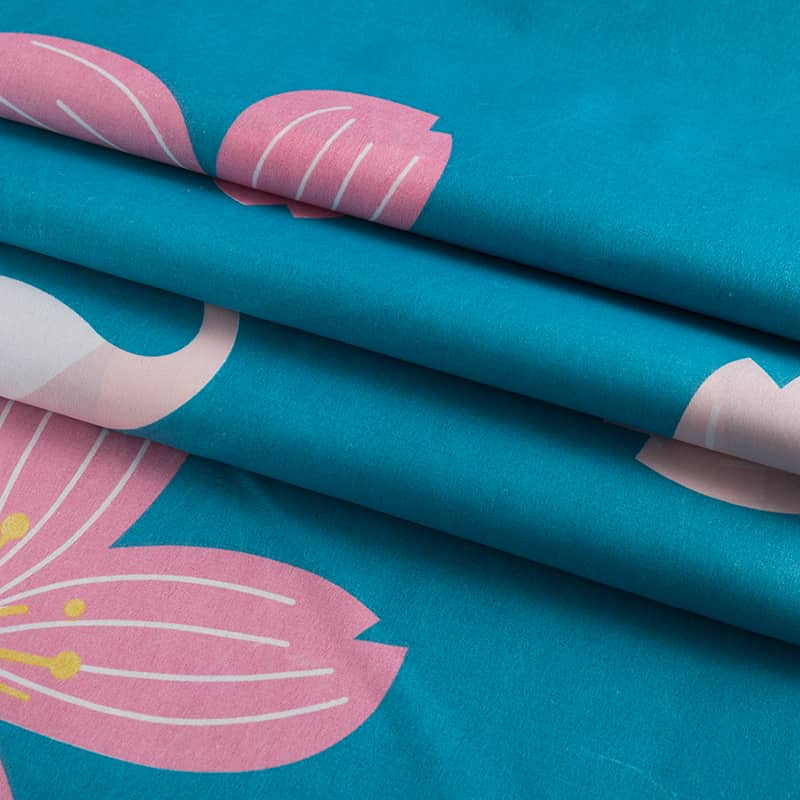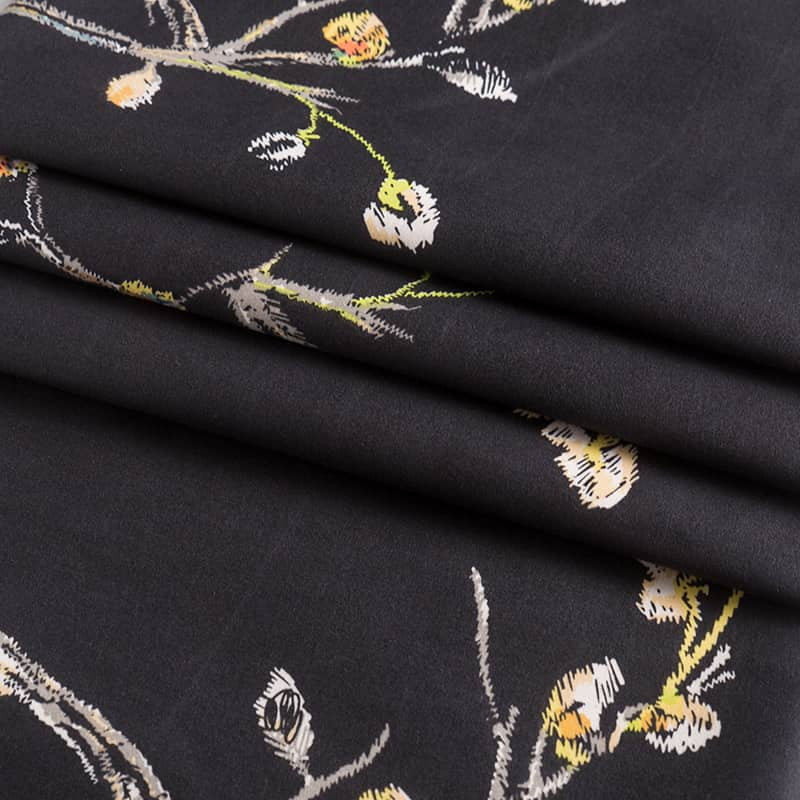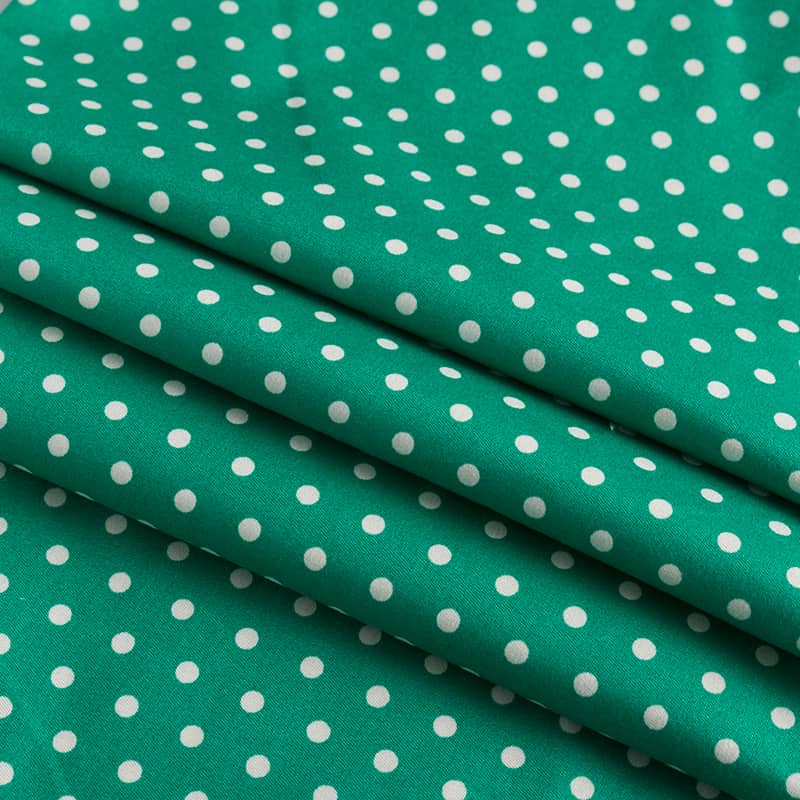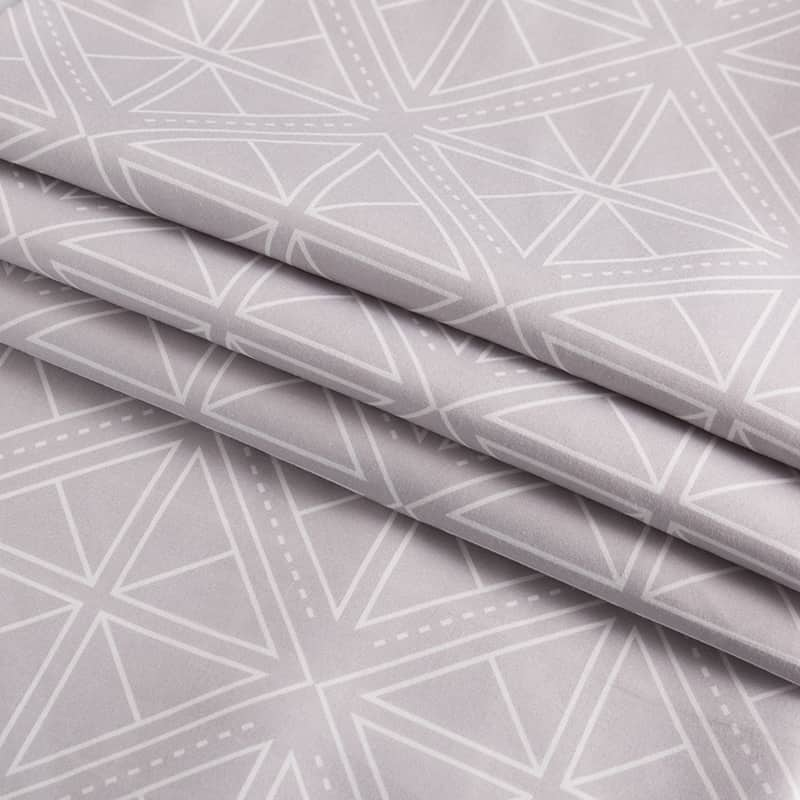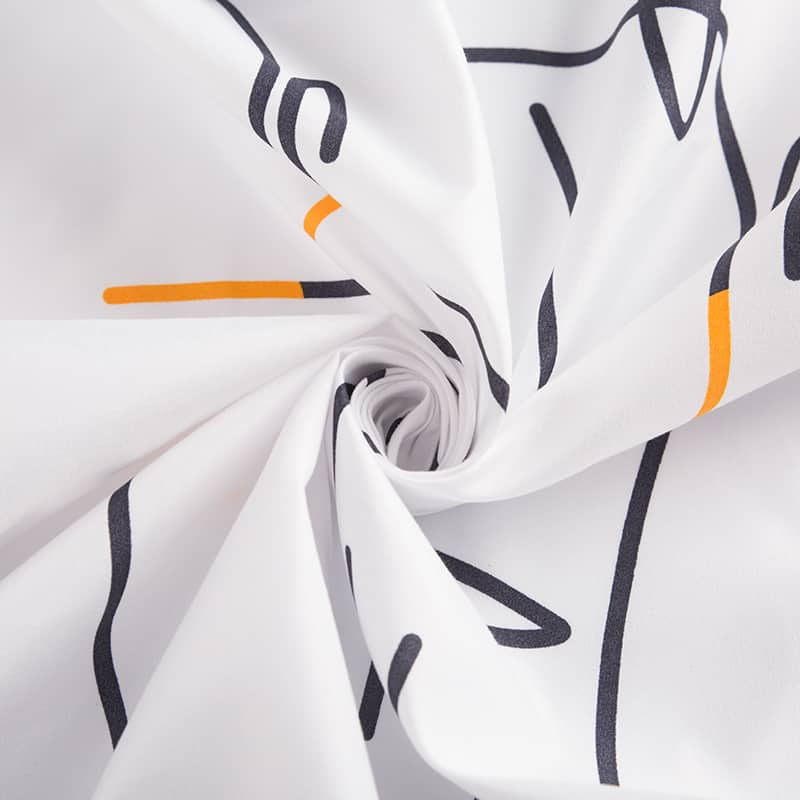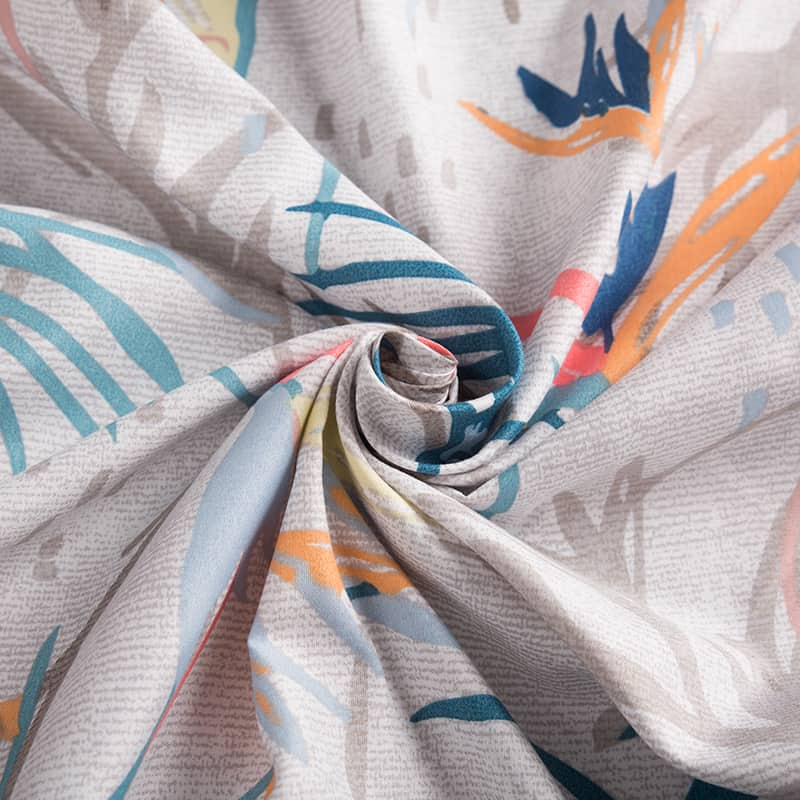Pigment printing fabric is a popular way to print patterns on textile fabrics such as cotton, polyester or even cellulose fibres like Tencel. It differs from dye-sublimation or reactive dye printing in that pigment inks do not seep into the fibres, but only colour the surface of the textile fabric. This makes it more susceptible to rapid colour washing and may cause the pattern to fade after repeated use.
The pigment printing process is not only a fast and easy method but also offers many benefits to the end consumer, including excellent color fastness and good light fastness. However, the pigment printing process can often leave textile fabrics with a stiff and un-natural feel. This is often caused by the heavy amount of thickeners used to keep the colours from bleeding. Despite this, pigment printing remains one of the most popular and common ways to print patterns on textile fabrics today.
In order to achieve the best results with pigment printing, it is important that the fabric is pre-treated. This is done in order to give the binder a suitable film structure on the fiber surface and ensure that the print paste adheres well to the fibers. The thickness of the binder is usually measured in microns, and it can be either water-based or solvent-based. Water-based binders are known as latex, while solvent-based binders are often called ‘silk’ or “gore”.
After printing, the fabric must be thoroughly washed and dried in order to remove any thickener or alkali residue remaining on the surface of the printed fabric. This is essential in order to avoid possible interference with any finishing processes that might be applied to the finished textile products.
During the drying process, the pigment inks are fixed onto the fabric by applying some form of heat and drying agents such as silica or starch. This is the only way to make sure that the pigment inks remain stable and retain their colourfastness properties. Once the pigment inks are fully fixed, they can be subjected to various chemical finishes such as scouring, mercerising or acid bleaching.
Another important factor to consider when choosing a fabric for pigment printing is its ability to withstand rubbing and stretching. This is especially relevant for garments that will be subjected to constant wear and tear, such as t-shirts or polo shirts. This is because the printing on the fabric can become scratchy and uneven over time, and this will reduce the comfort of the garment when worn.
When choosing a fabric for pigment printing, it is advisable to opt for a durable and hardwearing material such as polycotton or cotton canvas. This will help to ensure that the pigment inks will be able to resist rubbing and stretching, which will allow for a longer lifespan for the prints on the garment. Alternatively, it is also possible to apply a waterproof coating on the fabric, in order to prevent the print from being affected by moisture.



 英语
英语 西班牙语
西班牙语
